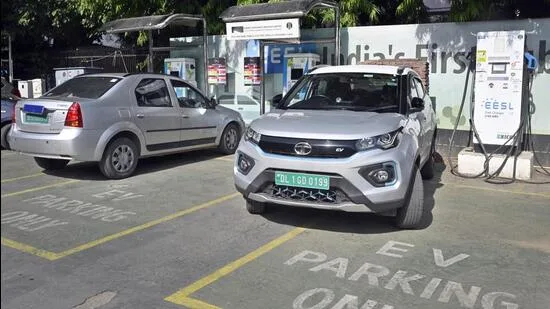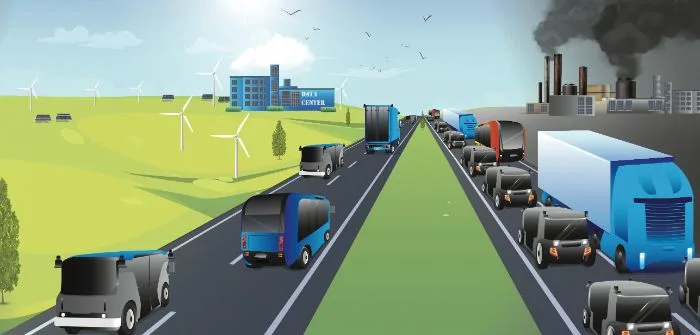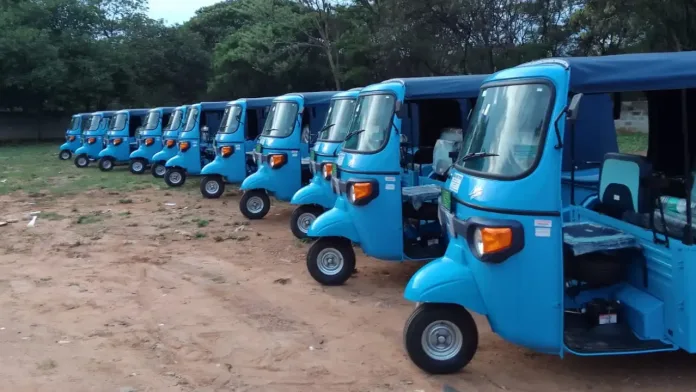Delhi EV Policy 2.0 to ban CNG auto-rickshaws from August 15, 2025. Discover the comprehensive transition plan to electric vehicles and how it affects vehicle owners across the capital.
The Delhi government is set to implement a sweeping transformation of the capital’s transportation landscape with its upcoming Electric Vehicle (EV) Policy 2.0. In a significant move to combat air pollution, the draft policy outlines an aggressive timeline for phasing out fossil fuel-powered vehicles, including the iconic CNG auto-rickshaws that have been Delhi’s transportation backbone for decades.
Delhi’s Comprehensive EV Transition Timeline

The draft policy, which is expected to receive cabinet approval soon, establishes clear deadlines for various vehicle categories:
| Vehicle Type | Ban/Phase-out Date | Key Details |
|---|---|---|
| CNG Autorickshaws | August 15, 2025 | No new registrations or permit renewals after this date |
| Petrol/Diesel Waste Carriers | December 31, 2027 | Municipal bodies must achieve 100% electric fleet |
| Two-wheelers (Petrol/Diesel/CNG) | August 15, 2026 | Complete phase-out of non-electric models |
| Three-wheeler Goods Carriers | August 15, 2025 | Only electric vehicles allowed for new registrations |
The current Electric Vehicle policy, which expired on March 31, has been extended by 15 days. Officials have indicated this will be the final extension before the new policy is implemented following cabinet approval.
Impact on Different Stakeholder Groups
Auto Drivers and Operators
The policy mandates that 10-year-old CNG autorickshaws must either be replaced with electric models or retrofitted with battery systems during the policy period. This affects thousands of auto drivers who will need to plan for this transition financially and logistically.
For larger fleet operators, the requirements are equally stringent. The Delhi Transport Corporation (DTC) and Delhi Integrated Multi-Modal Transit System (DIMTS) will be permitted to procure only electric buses for intra-city operations, while BS VI standards will continue to apply for inter-state services.
Private Vehicle Owners
Private car ownership also faces new restrictions under the policy. Households that already own two vehicles will be required to purchase only electric cars for any additional vehicles once the policy is officially notified. This targeted approach aims to encourage EV adoption among multi-vehicle households.

Municipal Operations
Perhaps the most ambitious timeline applies to municipal vehicles. Garbage collection vehicles owned or leased by the Municipal Corporation of Delhi (MCD), New Delhi Municipal Corporation (NDMC), and Delhi Jal Board must transition to electric models in phases, with a deadline to achieve a 100% electric fleet by December 31, 2027.
Infrastructure Development Challenges
For the policy to succeed, Delhi must rapidly expand its EV charging infrastructure. The draft policy likely includes provisions for:
- Increasing the number of public charging stations across the city
- Mandating charging infrastructure in new residential and commercial buildings
- Creating fast-charging corridors on major routes
- Developing battery swapping stations specifically for commercial vehicles
The Delhi government will need to coordinate with multiple agencies, including power distribution companies, to ensure the electrical grid can support the increased demand from EV charging.
Financial Implications and Support Mechanisms
The financial burden of transitioning to electric vehicles is substantial for individual operators. While the draft doesn’t explicitly detail financial support, the existing policy offers incentives including:
- Purchase subsidies for electric vehicles
- Road tax and registration fee waivers
- Low-interest loans for commercial electric vehicles
- Scrapping incentives for old fossil fuel vehicles
Industry experts expect similar or enhanced support mechanisms in the final version of EV Policy 2.0 to facilitate a smoother transition.
Environmental Impact Assessment

Delhi’s push toward electric mobility is driven by the urgent need to address its persistent air quality crisis. Transport emissions contribute significantly to the capital’s pollution levels, particularly during winter months when air quality routinely reaches hazardous levels.
Environmental experts estimate that full implementation of the policy could reduce particulate matter emissions from the transport sector by 30-40%, potentially yielding measurable improvements in air quality within 2-3 years of implementation.


